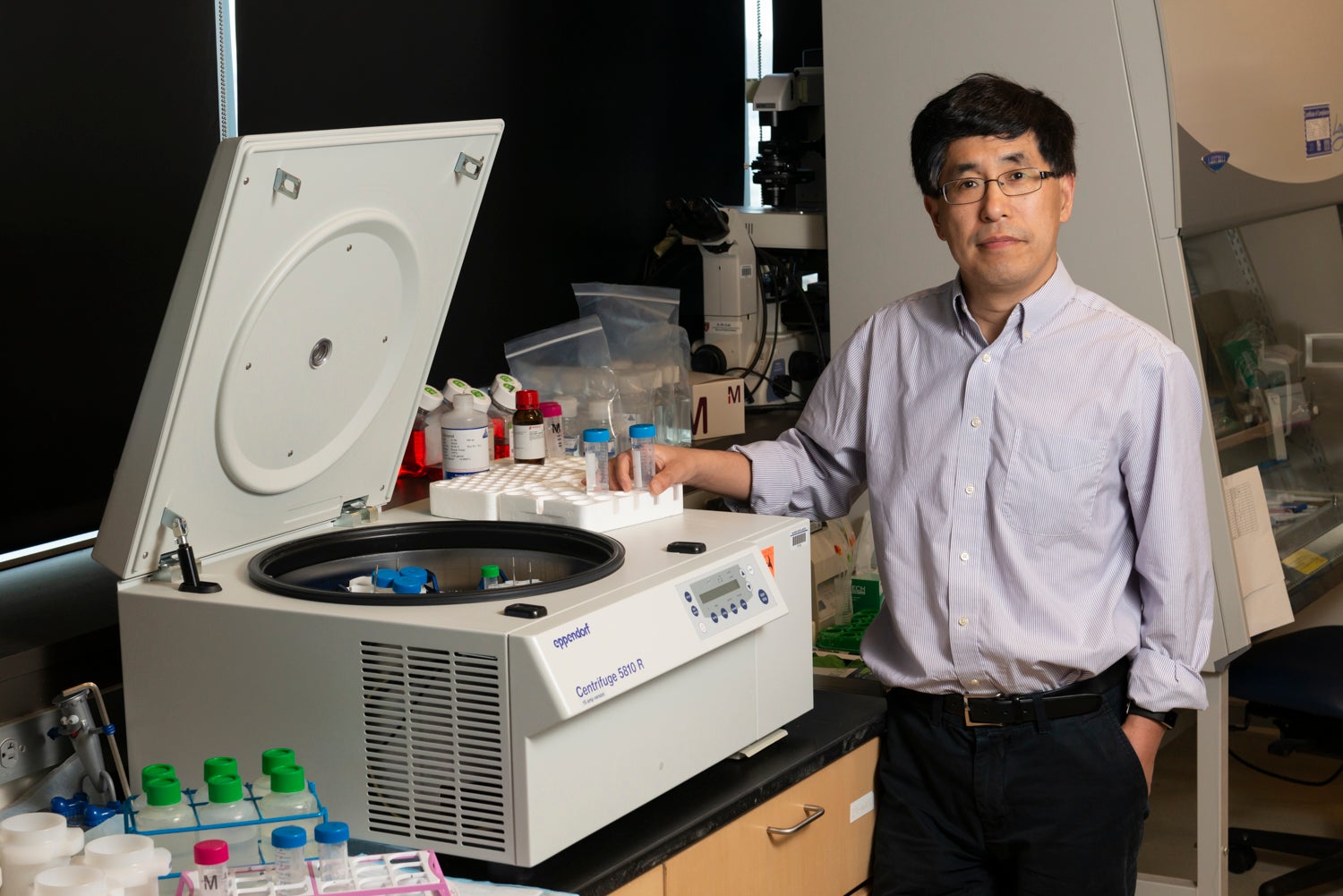Research Associate, Kirby Center, Boston Children's Hospital

Restoring lost function after spinal cord injury or other types of CNS injuries is one of the major challenges of contemporary neuroscience. Functional deficits after such injuries are primarily due to a disruption of axonal connections. Thus, to restore motor function after injury, what is needed is regeneration of the severed axons of long fiber tracts in order to re-establish the disrupted connections.
In order to repair the damaged supraspinal tracts, the injured neurons first need to recover the capacity for intrinsic growth, initiating regenerative growth. Sufficient numbers of regenerating axons then have to cross the lesion site and remake functional synapses with neurons in the caudal spinal cord. Our recent studies have led to the development of novel and effective genetic methods (deletion of PTEN and/or SOCS3) for re-activating neuronal regenerative capacity and thereby allowing for robust regenerative growth after injury, representing a major achievement in the first step of neural repair.
We are now poised to begin to tackle the remaining major challenges: How regenerating axons find the correct pathways to find their functional targets? Do the regenerating axons are able to functional synapses? To what extents functional recovery could be restored by such regeneration-based approaches? Could other strategies, such as task-specific training, could enhance functional recovery after optic nerve injury, spinal cord injury and stroke models. We expect that answering these questions will establish important principles for exploiting regenerative medicine for treating CNS injury and other neurological diseases.
